Savory & Moore: The Firm
The firm Savory & Moore came into existence at 143 New Bond Street, London (then 136) in 1794. The founder was one Thomas Paytherus (1750?-1828) an apothecary who, prior to coming to London, had practiced in Gloucester. There he is known to have formed a close friendship with Dr Edward Jennrt (1749-1823) the inventor of the small-pox vaccination. At the time, too, Paytherus had almost certainly made the acquaintance of Thomas Field Savory who, in 1794, was still serving his apprenticeship with Mr Cother, a well known Cheltenham chemist.
The famous shop front at 143 New Bond Street is very similar to how it was in 1794. It was built by George Maddox, a well known architect specialising in pharmacies, after who Maddox Street, which crosses Bond Street, is named.
From 1794-1806 the name of the firm was “Paytherus & Co”. Then he brought in two partners, Thomas Field Savory and Thomas Moore.
However, probably Paytherus and Savory were probably in partnership even before 1806 as there is a medicine chest in the U.S. National Museum which is alleged to date from 1804 and in which there are bottles labelled “Paytherus, Savory & Co.”.
Be as that it may, from 1806 the firm became Paytherus, Savory & Moore, which remained the name until 1811, when Paytherus retired from the business. For relatively short periods Savory and Moore brought other partners into the firm, but for the most part the firm was as “Savory & Moore”.
From its earliest days the firm was famous for some of its proprietary products, among them:
- Cheltenham Salts, a dry powder which when dissolved in water simulated the original, thereby saving the purchasers the expense of a visit to Cheltenham “to take the waters”.
- Seidlitz Powders, which when dissolved in water made an effervescent drink, not unlike ‘Enos’.
- Dr Jenner’s Absorbent Lozenges, designed to relieve indigestion and heartburn. These lozenges were amongst the earliest medicines sold by the firm. They were still being sold up to 1960.
- Savory & Moore’s Baby Food was introduced in the 1860’s. It was largely through its introduction that the name Savory & Moore became so well known in the UK and abroad. It was used for feeding Prince Albert Victor, the elder brother of King George V and this early use by a member of the British Royal Family considerably helped to spread its popularity. Its sale was discontinued in the 1950s when more easily prepared infant foods had arrived on the scene.


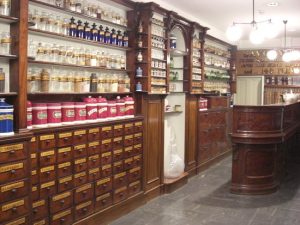
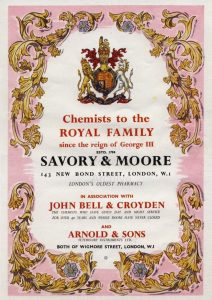
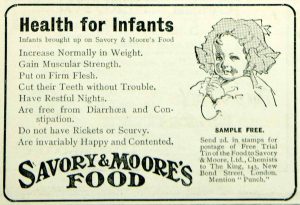
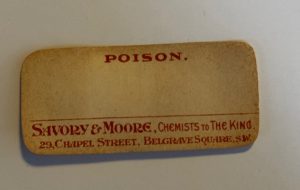




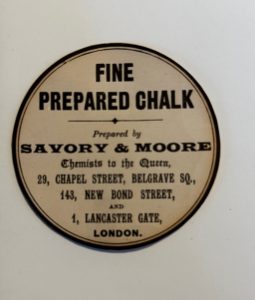




From its inception in 1794 the business prospered, for there were good profits to be made from selling medicines to the wealthy residents of Mayfair. As early as 1809 a branch was established at Cheltenham, Gloucestershire, to be followed by a branch in Brighton in 1813. The Cheltenham shop was sold to the manager in 1813. However, in 1846 a new shop was opened there, owed by Thomas Field Savory (the younger) (brother of John Savory) and James Moore, the son of Thomas Moore. Later Thomas Moore sold out to Thomas Field Savory who then traded at 399 High Street, Cheltenham, as Savory (late of Savory & Moore).
Expansion also took place in London, shops being opened at 220 Regent Street (1824) (now the Liberty department store); 29 Chapel Street (c.1847) see picture; and 1 Lancaster Gate, Hyde Park (1864). This remained more or less the shape of the Company for the next 60 years.
On the first page of the Ledger book of 220 Regent Street shop, is scribed with:
“1824 December 9th purchased the lease of the House no 220 Regent Street of Mr Char Butter for the sum of £3500.00
Improvements made to Do – £2888.00
Purchased of Mr Butter the same time the stock including glass, fittings, up of the shop etc – £2000.00
Total £5788.00.
This property I gave to my son Charles for his exemplary good conduct”
In 1928, it amalgamated with John Bell & Croyden, described at the time as a marriage of “two of the most famous houses in pharmacy”. John Bell had been formed in 1798 and amalgamated with Croydens in 1908. That same year the chemist’s shop at 50 Wigmore Street, Marylebone, had opened, then described as “the finest in Europe”. The driving force behind the amalgamation between Savory & Moore and John Bell & Croyden (and the driving force between the newly formed company) was Mr. E.T. Neathercoat. Under his direction the firm acquired some of London’s most prestigious pharmacies:- Martindales of New Cavendish Street (1933); Jolley’s of Curzon Street (1941) and Squire’s of Oxford Street (1950). The latter firm had the distinction of preparing the Anointing Oil used at a Coronation, a task that fell to Savory & Moore for the Coronation of Queen Elizabeth II in 1953.
The anointing oil used for Queen Elizabeth II’s coronation in 1953 was a blend of sesame and olive oil, infused with essential oils like rose, jasmine, orange blossom, cinnamon, and benzoin. The mixture also included musk, civet, and ambergris. This formula was based on a recipe dating back to the 17th century and was prepared by Savory and Moore after the original supply was lost.
The anointing oil or “holy oil” is used to symbolise the bestowal of spiritual grace and authority on the new monarch. The Archbishop of Canterbury pours the holy oil from the Ampulla into the Coronation Spoon, then uses it to anoint the King or Queen on the head, hands, and chest. This act signifies the monarch’s consecration and dedication to their royal role.
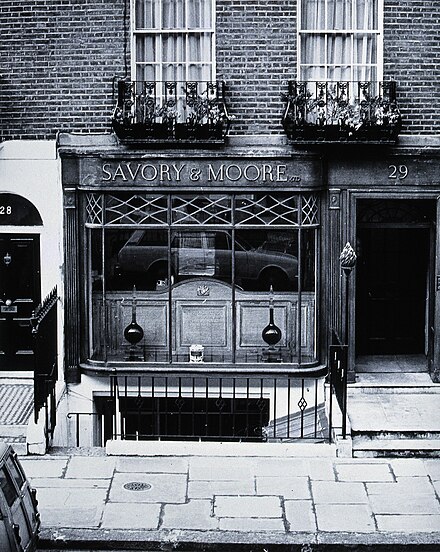
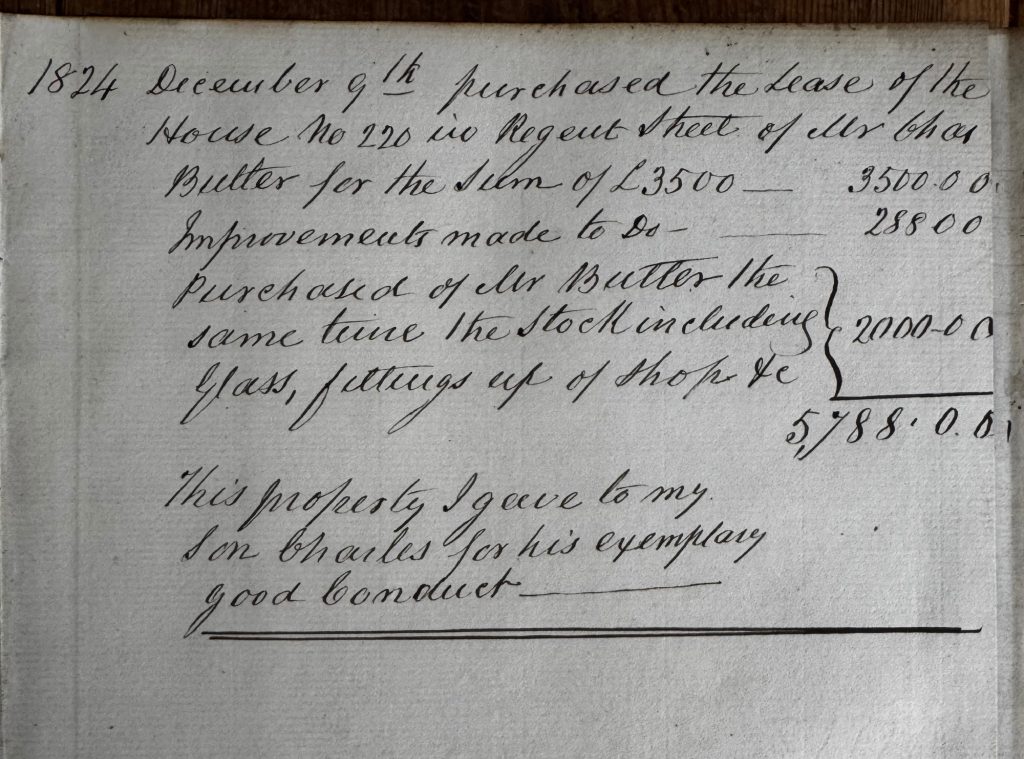
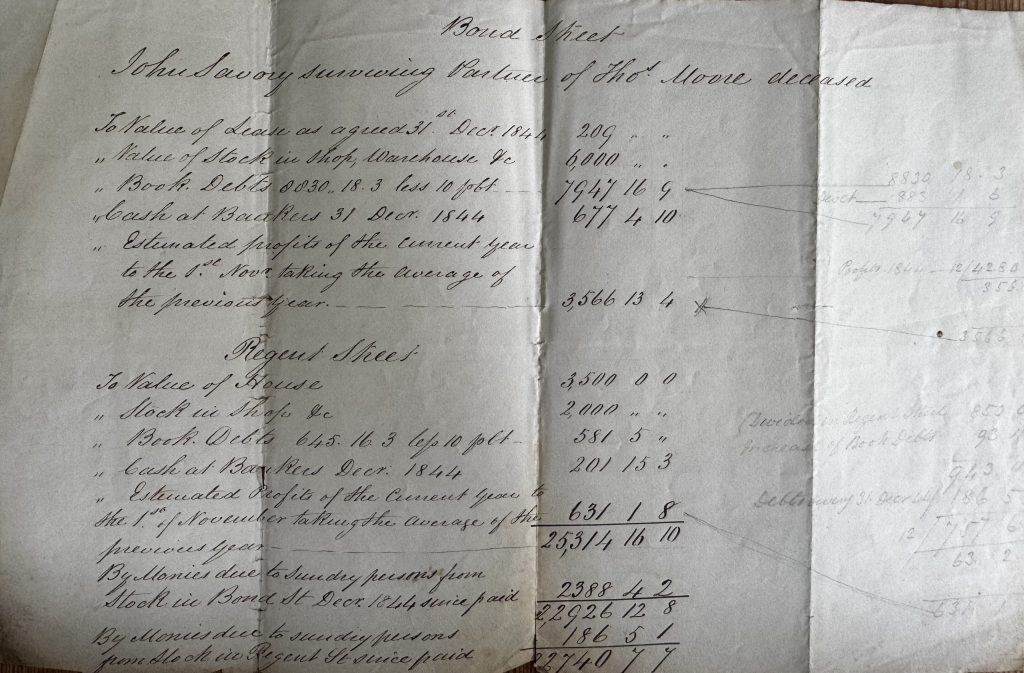
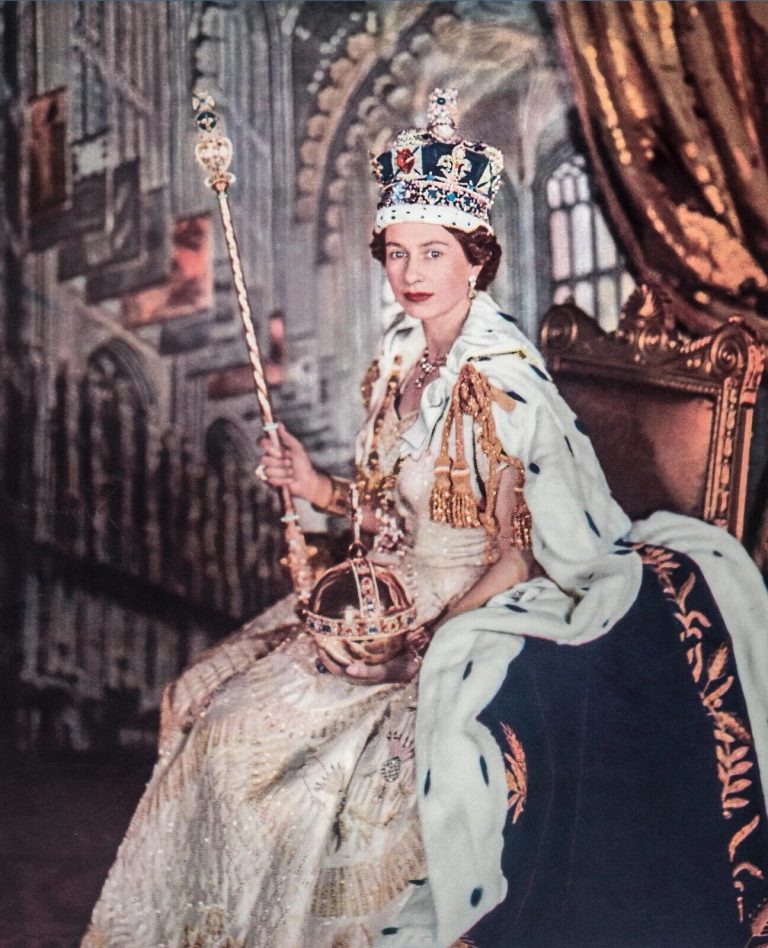
In 1967, the firm was amalgamated with Macarthys Pharmaceuticals Ltd effectively becoming a subsidiary of that company. Macarthys was itself a firm of chemists with a long and distinguished history, having been established in 1787.
Army contracts were for many years a most lucrative source of income for Savory & Moore. These really started in 1854 with the Crimean War. During the first winter medical supplies and ambulance transport were almost entirely absent. A Royal Commission report about the appalling state of affairs resulted in action. Savory & Moore had been known for its range of fitted medicine chests and cases for over 40 years. It had also had experience in fulfilling army orders; it knew the system and so was soon involved in supplying whatever the Army Medical Services were lacking.
During the 1860’s the official demands became widespread – the Forces stationed in British Possessions all needing medical supplies. Destinations included: Bogata, Cape of Good Hope, Ceylon (Sri Lanka), Freemantle (Australia), Gambia, Gold Coast, Honduras, Jamaica, Malta, New Zealand, Nova Scotia, Quebec, St Helena, Sierra Leone and Tasmania. By the 1890’s Savory & Moore and the Society of Apothecaries were in a monopoly situation as far as Army contracts were concerned.
This led to a House of Commons Question. The reply was guarded: the Army needed the best quality; however, if the Public Accounts Committee thought competitive tendering would give better results, this would be brought in and the change was made in 1891. But Savory & Moore’s business did not decline. It continued to supply substantial amounts in the South African (Boer) War and both World Wars.
Reference has already been made to the high reputation Savory & Moore had gained for its medicine chests. At one time there were some 40 varieties; from one provided for King William IV, now in the London Museum, to those required for naval and for military use, and those in cheaper wood than mahogany for emigrants, for parish use and for the factory. One of Savory & Moore’s chests formed part of H.M. Stanley’s equipment in his search for Livingstone. (It is now in the Denbigh Museum). By the end of the 19th century, better facilities for obtaining first-aid and medical treatment eventually led to a decline in demand.
Not long after the partnership of Thomas Field Savory and Thomas Moore became effective (1806), Savory & Moore came under Royal Patronage, aided no doubt by Thomas Field Savory’s close association with the Prince Regent. Soon the firm was able to style itself “Chemists to the Royal Family”. This recognition by members of the Royal family as to the excellence of Savory & Moore continued until the 1980s. In fact, at one time four Royal Warrants were held: the London Gazette of 2nd January 1956 notifying the firm as holding Warrants to Queen Elizabeth II, the late Queen Mary, to Queen Elizabeth the Queen Mother and to the Duke of Edinburgh.
The Royal Archives at Windsor has confirmed, Savory & Moore held Royal Warrants from the following members of the Royal Family:
- Queen Victoria (from 1837 to 1901)
- Edward VII (from c.1901/2 to 1910)
- George V (from c. 1914 to 1936)
- Queen Mary (from 1951 to 1953)
- Edward, Prince of Wales (from c. 1921 to 1936)
- King George VI (from c. 1940 to 1952)
- Queen Elizabeth (from c. 1955/56)
- Queen Elizabeth II (from 1955)
- Prince Phillip, Duke of Edinburgh (from c. 1955/56)
As well as His Highness the Khedive of Egypt – Khedive was an honorific title of Persian origin used for the sultans and grand viziers of the Ottoman Empire, but most famously for the viceroy of Egypt from 1805 to 1914.
And Napoleon III.
In 1981, the famous shop at 143 New Bond Street ceased to trade as a chemist after nearly 190 years. In 1992, Savory & Moore was taken over by Lloyds Pharmacy which now owns all trademarks for the company.
The Chapel Street shop closed in 1968, and in 1971 the Wellcome Trust donated the interior of the shop to the Medical History Museum at the University of Melbourne, Australia.
Savory & Moore is referenced on Wikipedia here
